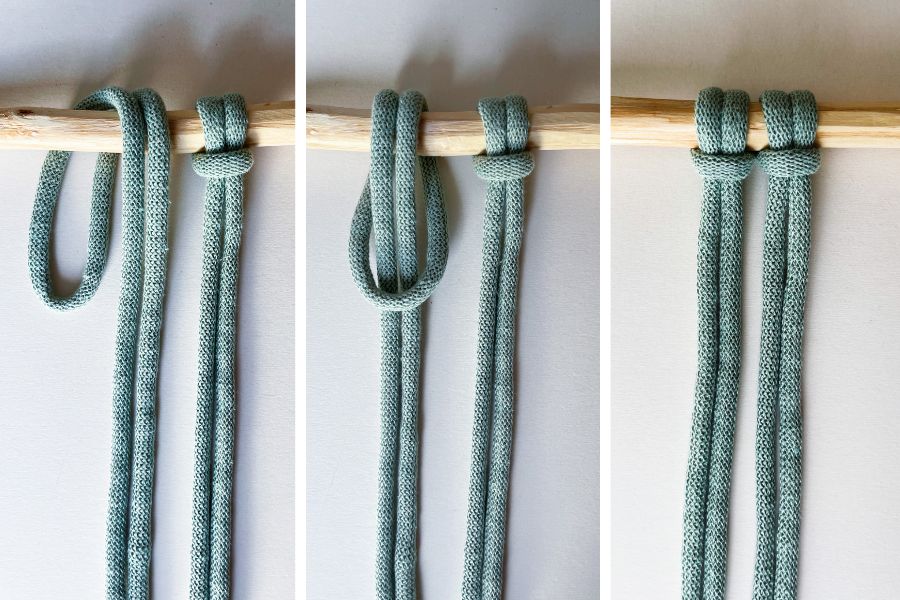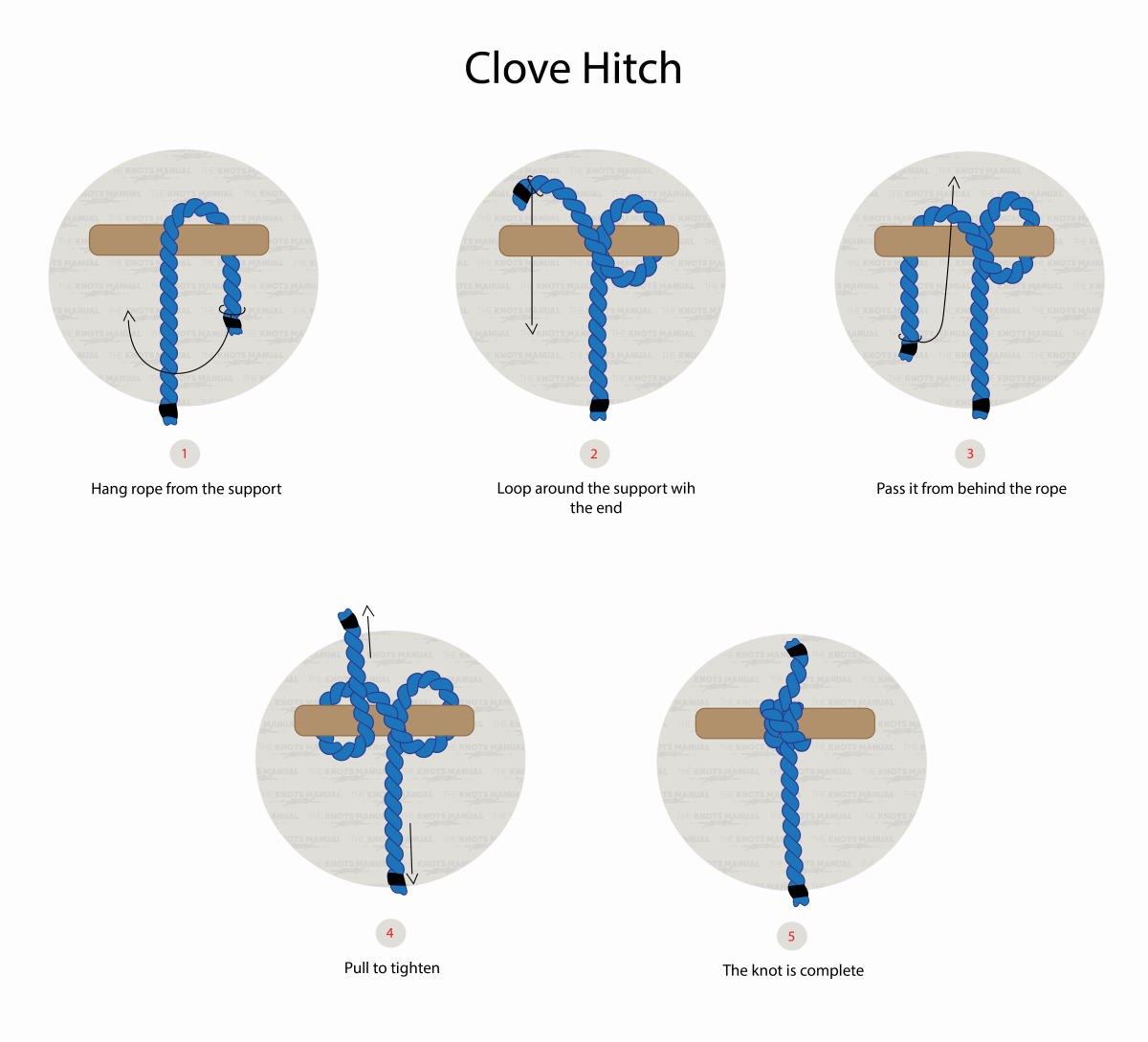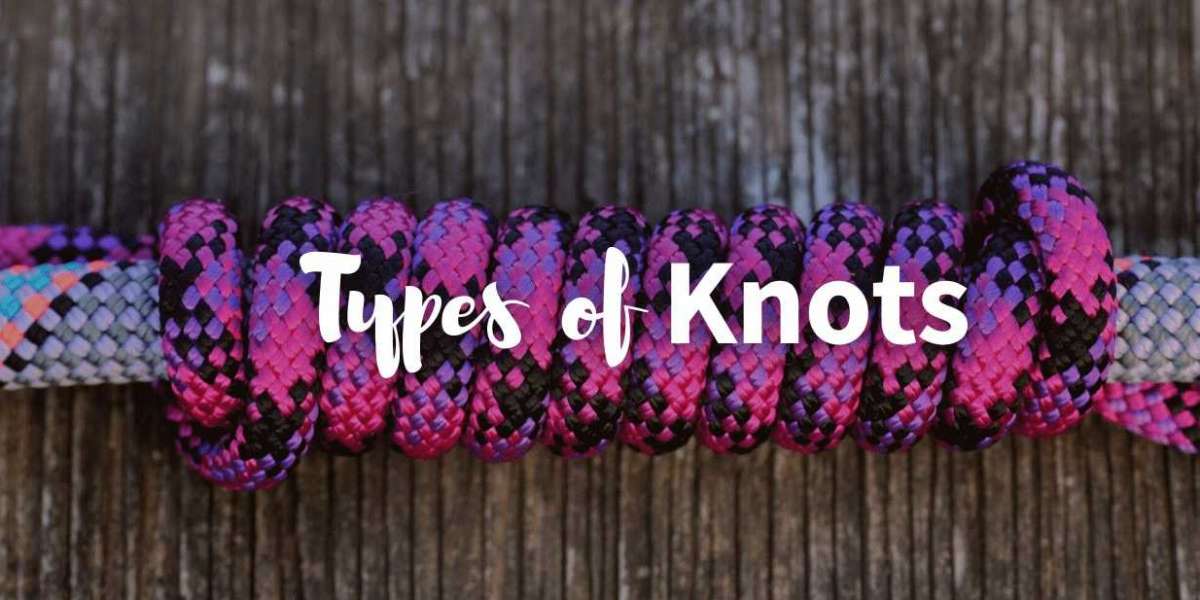Macramé, the ancient art of knotting cords to create intricate patterns and designs, has made a modern resurgence in the world of crafts and interior design. This versatile technique allows for the creation of stunning decorative pieces, from wall hangings to plant hangers and more. At the heart of macramé lies its various knots, each with its own unique charm and purpose. In this blog, we'll delve into the world of macramé knots, exploring the different types and how they come together to craft exquisite creations.
Square Knot: One of the foundational knots in macramé, the square knot, is often used to create the classic checkerboard pattern. It's formed by tying two half-hitch knots in opposite directions. This knot is the basis for many other knots in macramé and can be manipulated to form various patterns and designs.
Half Hitch Knot: The half hitch knot is simple yet fundamental. It involves looping a cord around another cord or a fixed object and pulling the working end through the loop, creating a basic hitch. This knot is often combined with other knots to add texture and depth to macramé projects.

Lark's Head Knot: This knot is commonly used to attach cords to a dowel, ring, or rod, forming the starting point for many macramé projects. It's created by folding a cord in half, placing the folded end over the dowel, and pulling the loose ends through the folded loop.

Clove Hitch Knot: The clove hitch knot is often used to create a line of knots that resemble a braid. It's formed by looping one cord around another and tucking it under itself. This knot is ideal for creating unique textures and patterns in macramé projects.

Double Half Hitch Knot: As the name suggests, this is an extended version of the half hitch knot. It involves looping the working cord around the holding cord and then pulling it through the loop twice. This knot can be repeated to create beautiful spiral patterns and intricate designs.

Spiral Knot: The spiral knot is created by continuously tying half hitch knots in a spiral pattern. This knot is perfect for crafting twisted cord designs and adding an element of movement to your macramé pieces.

Josephine Knot: Named after Napoleon Bonaparte's wife, Empress Josephine, this knot is both elegant and intricate. It's created by forming a series of loops and weaving the working cords through them. The result is a gorgeous symmetrical knot often used as a focal point in macramé projects.

Alternating Square Knots: By combining square knots in an alternating pattern, you can create a beautiful diagonal design. This knot is excellent for making intricate wall hangings and adding visual interest to your projects.

Conclusion: Macramé is an art form that celebrates the beauty of knots and the creativity they inspire. The various types of knots in macramé provide artists and crafters with a wide range of possibilities to explore and experiment with. Whether you're a seasoned macramé enthusiast or just beginning your journey into this art, understanding these knots opens up a world of design potential. So, gather your cords, experiment with different knots, and let your imagination run wild as you create stunning macramé pieces that reflect your unique style and creativity.









